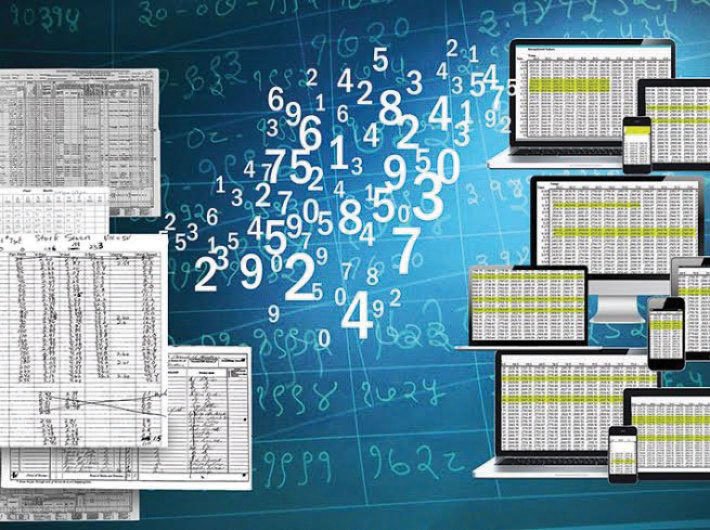1.33 billion. Let that large number sink in. That number is nearly 18 percent of the total global population, and almost the number of people estimated to currently reside in the republic of India, one of the world’s largest and fastest growing economies. These 1.33 billion people are spread across an area of more than 3.28 million square kilometres, speak 22 major languages in over 1,600 mother tongues, and belong to numerous ethnicities, cultures, geographies, and religions.
While this unique diversity is without a doubt amongst the most appealing facets of the country’s charm, it is also a source of constant stress for central and state governments, as well as a seemingly insurmountable obstacle to policymaking, administration, governance, and service delivery. After all, how can any government come up with public sector schemes and initiatives that not only acknowledge, but also satiate the specific needs and concerns of such a massive consumer base?
India’s public information conundrum: Too much, too little
To understand the challenges that face governance in the country, we need to first take a look at how the information about the needs, demands, and grievances of Indian citizens is currently collected. Manual, door-to-door surveys are conducted once every decade to take cognisance of the country’s vast multitudes and their social, economic, and cultural conditions. This approach, in today’s fast-changing and dynamic world, is fundamentally flawed. It is even less prudent in India, which has been witnessing unprecedented, widespread changes as an economy.
India has undergone exponential urbanisation over the past two decades, a trend that is expected to continue in the near future. It is estimated that Indian cities will be home to more than 600 million by the year 2031, accounting for almost 40 percent of the overall population. Most of this urbanisation is expected to be driven by population migration to metropolitan and tier-1 regions in search of quality higher education, better job opportunities, and superior standards of living. This will lead to drastic changes in the composition and distribution of the population across different geographies – changes which could very well have cascading effects across multiple regions over an extended duration of time.
As a result, any information which does not account for this dynamic movement of population subsets within the country, fuelled by the current method of information collection, will be hopelessly outdated and ultimately ineffective. Of bigger concern, however, is the issue of the accessibility of this data. Stored in isolated information silos, various storage environments, and distant physical locations, most of the data needed by key stakeholders in the public sector value chain remains completely unavailable to them at the time of making decisions. Decisions thus made are therefore based more on approximations and extrapolations than hard data, and are therefore unable to serve the interests of citizens accurately.
Smart data analytics and smart governance
Solving the aforementioned challenges might seem nigh on impossible, but the answer to them, as with most other questions in this increasingly digitally-driven day and age, lies in three words: smart data analytics.
By breaking down the insulated silos that hold critical public data, cutting-edge data analytics platforms can extract and collate information from across various storage environments and undertake deep analysis of disparate datasets. This information is presented in an easily understood and interactive visual format, allowing even novice users to explore, engage with, and ask questions of the available data, conveniently and seamlessly. Highly relevant and contextual insights, as a result, are delivered at the location where it is most effective – be it a government official looking to make a decision, or even a citizen with a bright idea for change.
Various industry reports project India to become a $6 trillion economy within the next decade. But to realise that potential, the Indian public sector needs to become smarter and adopt better processes. A more data-driven approach becomes the need of the hour here. Only by leveraging state-of-the-art data analytics can the nation be guided into the new, technologically-led epoch and made to fulfil its burgeoning promise as a global economic superpower.
Balasubramanian is the managing director of Qlik, India
(The article appears in the September 30, 2018 issue)
